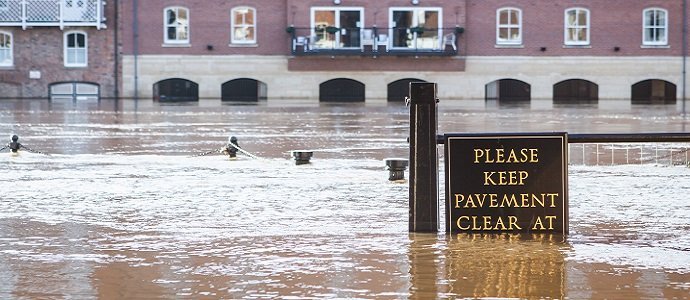 All over the planet, global weather patterns have gone completely nuts. Just over the past few days we have seen “life threatening” heatwaves, extremely dangerous wildfires, vicious tornadoes and unprecedented flooding – and that is just in the United States. And of course this is just the continuation of a trend that stretches back to last year, when extremely weird weather created “apocalyptic-like conditions” in many areas around the world. So why is this happening? For decades, we could count on weather patterns falling within fairly predictable parameters, but now that is completely changing all of a sudden. All over the globe we are seeing things happen that we have never seen happen before, and the weather just seems to get even more crazy with each passing month.
All over the planet, global weather patterns have gone completely nuts. Just over the past few days we have seen “life threatening” heatwaves, extremely dangerous wildfires, vicious tornadoes and unprecedented flooding – and that is just in the United States. And of course this is just the continuation of a trend that stretches back to last year, when extremely weird weather created “apocalyptic-like conditions” in many areas around the world. So why is this happening? For decades, we could count on weather patterns falling within fairly predictable parameters, but now that is completely changing all of a sudden. All over the globe we are seeing things happen that we have never seen happen before, and the weather just seems to get even more crazy with each passing month.
Just consider what has been going on the past few days. Let’s start with the “life threatening” heatwave that is currently hammering the west coast…
The West Coast is in the grip of a ‘life threatening’ triple-digit heatwave that is set to continue well into next week, raising the risk of wildfires.
The National Weather Service has issued excessive heat warnings for southeastern California, southern Nevada, western and southern Arizona, western Oregon and far southwest Washington.
From Oregon to Nevada temperatures are set to top 100F tomorrow and into Monday, with Phoenix, Arizona, predicted to top out at 116F.
These are temperatures that you might expect to see in July or August, but right now summer has not even officially begun yet.
And as the article quoted above noted, these extremely high temperatures bring with them a much higher risk of wildfires. In fact, firefighters in southern California are currently fighting a horrible fire that is raging wildly out of control and that has already forced thousands of people (including Kim Kardashian and Kanye West) out of their homes…
…click on the above link to read the rest of the article…














